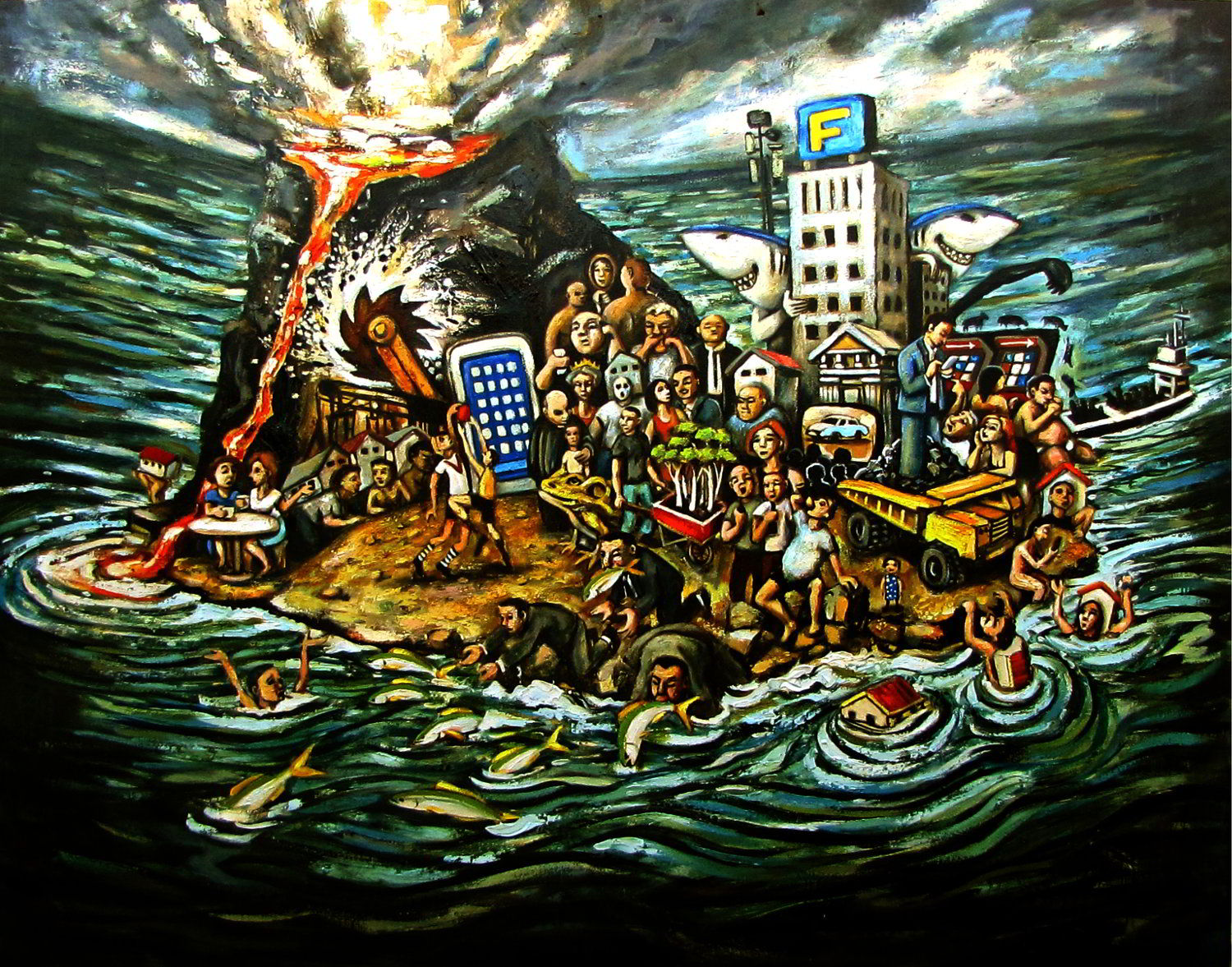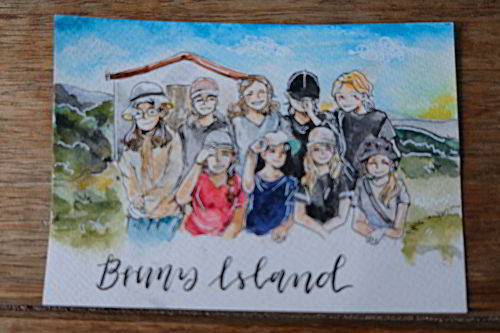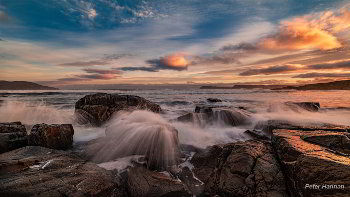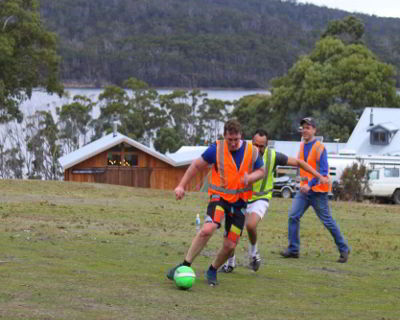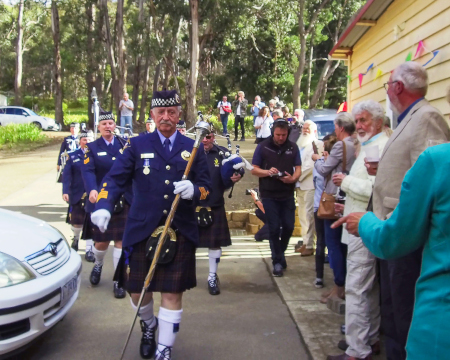Partnership with the Bruny Island Foundation for the Arts
‘Nature Pact’ along with ‘Bruny Island Coastal Retreats’ are passionate about the celebration and preservation of the natural environment for the sake of our "mineral, vegetable and animal" selves. Through photography, art, and literature we celebrate wildness, and through our partnerships and the stewardship of our reserves, we strive to retain it.
We are fascinated by the hidden histories and local stories that form part of our cultural landscape, especially those that reconnect us to the wonder of our natural environment.
In keeping with this ethos, we enthusiastically support and partner with individuals, organisations, and projects that work with the grain of nature to protect and celebrate the cultural and environmental characteristics that promote wildness, in a world increasingly disconnected from it.
It therefore gives us great pleasure in announcing our partnership with 'Bruny Island Foundation for the Arts', along with revealing the $20,000 (non-acquisitive) Bruny Island Art Prize will be bolstered to $50,000; 'making it one of Australia's most lucrative awards for painting.'
Together we look forward to BRUNY20 and celebrating the art of the natural environment.
Photo Credit:
Steven Giese
BRUNY18 Art Prize Winning Painting
"Antipodean Study: Last Fish at High Tide"
Related Journals
IGS art camp at Bruny Island Lodge
Students and teachers from International Grammar School Sydney stayed Bruny Island Lodge for an art camp. Using inspiration from the natural surroundings, they worked together to create works of art.
More Bruny Island Journal
Bruny Island Photography Tour
Bruny Island Coastal Retreats has launched a photography tour. Suitable for photographers of all levels, this guided four day tour takes you to spectacular locations on Bruny Island.
Simpsons Point: Environmental Restoration
Weed invasion is one of the largest threats against ecosystems all around the world; and unfortunately, BrunyIsland.au is not immune to this threat.
Bruny Island Lodge hosts a corporate retreat
A Melbourne based company sends their employees on a corporate retreat to Bruny Island Lodge, where they engaged in team building activities as well as having some time to appreciate the natural environment of Bruny Island.
Lunawanna Memorial Hall 100th Anniversary Celebration
Yes, it really was a night to remember!
